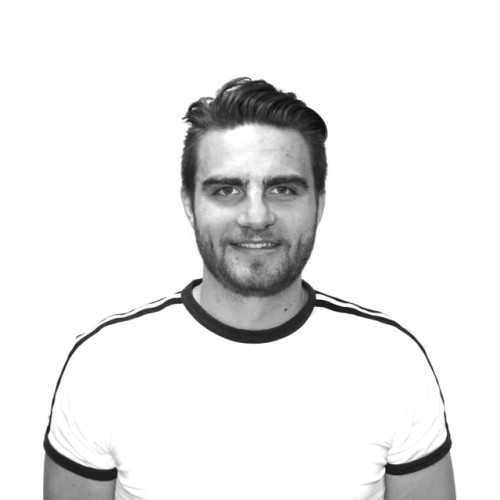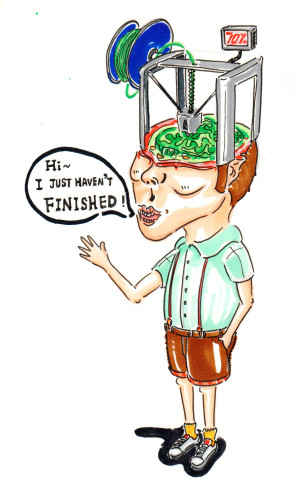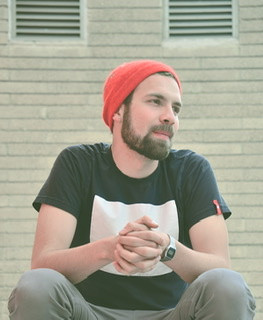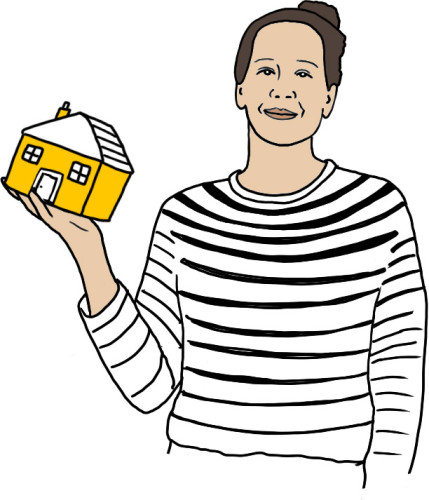Making blog

Here are some final images of the all weather bike! After having a great chat with Helena on zoom, she gave me some great direction on some extra little finishing touches. It was also great to ask her some questions about how the invention worked and how she came up with the idea!

Here there are the first seconds of the animation. The city at the beginning is very polluted. In this way the benefits of the invention will be more clear as. I will probably ad more cars and smog clouds.
The next step will be animating the playground.
As last step i will add sounds and music too, for now it is too premature.

These are some sketches of the panel control and the plane. I tried as much as possible to implement all Diego's instruction and I think all is taking an interesting form

Fishes, octopus, and hippos are swimming in the ocean, while the pipe senses the chemicals in the water discharged by the industrial plant, so the pipe's gate is closed to protect the habitat.

This rendering shows the final look of the toxic chemicals ditactor.

In this image, I am trying to visualize the scenario that Kiara proposed in her drawing.

In this step, I tried to put the materials on the pipe and check how it looks. The body of the pipe will be metal, the inner pipe and the gate will be rubber, and the indicator light will be a red color when it lights on. When the sensor detects the chemical in the water, the wheel will automatically turn off the gate.

I needed to make a car for the animation. Zeya and I talked about the idea of having a car drive up to the machine for refuelling. The car is made from wood and painted.

Here's some stills in order to both arrange composition and colours. Still not sure about which one to choose but that will come outomatically along the process.
I outlined the intro scene and how the story will go from the title to its beginning.
I will now work more on the contrast between night/day, dryland/greenland and proceede with the story.

Here I started by drawing some of the elements that will constitute the scenes.
As first I designed the plants. They are still in black and white because I want to focus on conposition first and later on the colour palette.

Harrison included so many details in his design as to how it would operate but he told me much more when we spoke in our meeting.
He explained how the system would work from a human perspective, about how you would book a bee, and that it would stay with you until in was full before leaving. That they were likely to have to stay outside, as they’d be a bit big in a small kitchen, and maybe smelly! (plus they need to be in the sun to charge)
He told me about how the antennas of the bees have GPS so they can locate themselves and take themselves away to drop the compost when full and you can then book in another bee to come over. I’d asked him if there was any way the bee could drop off fresh compost for gardens that needed it and he told me about an idea that wasn’t on the original plan which was to have the Compost-Bee drop seeds on it’s travels so flowers for real bees could grow! I absolutely loved this!
The GPS mapping information the Bee has for getting about could be used to allow the seeds to only be dropped off over areas of soil suitable for plants to grow too! Genius!
One of the most useful bits of information for building the prototype was the explanation of how the compost gets out of the Bee. Harrison explained that the floor of the area in which the compost is stored tilts up to create a ramp when the rear of the Bee opens up so all the compost just slides down and out.
And another great additional design idea I learnt about was that the Compost-Bee’s don’t all have to be the green and yellow of the original drawing but could be loads of different designs, like patterned with flowers or rainbow colours or cats! Harrison spoke about having some kind of self destruct if anyone were to paint it a drab colour like grey. Not sure I can manage that with my prototype but I completely back the idea! NO to dull bees!
I’ve attached a couple of drawings here which I made after we spoke to help me while I get making!

I really loved Harrison's idea for the Compost-Bee. It's such a useful invention! A simple idea that could help thousands of households reduce the amount of waste that goes into landfill sites needlessly. A lot of people don’t have outdoor space where they live so can't compost at home and although some places have a bin collection for compost, it’s not that common. The Compost-Bee could fly up to any home, all you have to do is book one in, even if you live right at the top of a tower block!
Making it easier for a lot of people to make a small change all adds up to helping the Earth in much bigger ways and this invention does that and puts a smile on your face, who doesn’t love bees!
These are some initial sketches I made thinking about how to begin to make a prototype of The Compost-Bee.

Sketching is important to be able to understand the things we imagine, when we do the exercise of translating our thoughts into drawings we have the possibility of exploring new possibilities of what we create and we can complement our ideas to make them much more forceful

We're nearly there!! The scene is coming along very nicely, and the base image is finally done, so only thing left is to add details and of course SNOWFLAKES, lots of them!

I'm continuing to add some more flowers, leaves and twigs to bring the hat to life, and have added some special felted additions to the hat. If you look carefully you should be able to see them...
The last steps before the hat is complete is to add few more sprigs of felted flowers as well as some dried flowers. I will also pad out the inside of the hat with wool to make sure it's comfy to wear around the city!

I wanted to make sure all of the metal part of the hat is well covered so that in the end it will look very green and natural. I started by covering the frame in preserved moss, this is real moss that has been treated to last for a long time.
I then began positioning different types of flowers into the hat. I have chosen to use a mixture of felt flowers and dried flowers as the hat needs to travel to different exhibitions and not wilt as fresh flowers would do. Felt is made from wool so is a natural material.
To give the hat lots of texture and colour to attract bees whilst also being fun to wear I chose a selection of different coloured flowers, and tried to select mainly blue, orange and red to match Benjamin's drawing as closely as possible. I've also started to add leaves, and more twigs to the brim.
The Super Hat is starting to take shape!

After finding the sieves which would make up the framework of the hat, I started taking them apart so I could mould them into the top hat shape Benjamin drew. I removed the handle of the sieve and used wire to attached one sieve on top of the other. I also repurpose some leftover flower foam and cut this to shape to fit into the top part of the hat. This will allow me to poke flowers into the hat without them spiking you in the head when you're wearing the hat, and also hold the flowers firmly in position.
I sourced some locally grown willow from a friend who grows willow to make baskets, so that I could start to make the nest-like brim. I soaked the willow for 2-3 days to make it flexible before weaving it around the frame of the hat to cover up the metal edge. This gives will also allow me to start poking larger sticks into the brim to create a twiggy perch for birds.
The basic frame of the hat is now done and ready to be covered in the exciting parts!

To start making the Super Hat I began by thinking about the framework of the hat. It needed to be something strong but lightweight, with holes the poke flowers in. I love to use repurpose or recycled materials to make things so I took a trip to a local bits and bobs shop and found the perfect starting material - 2 kitchen sieves!

Continuing idea 3 from the previous sketch, I build a 3D model to see the proportion and the shape of the model if it fits with the sketch. When the pipe detects the chemicals in the water through the sensors, the gate will be closed automatically and the warning light will be on. As soon as the water is clean, the gate will be open again.

I had such a great chat with Zeya about her invention on a Zoom call. She told me more about how the invention works - you can move it to where you need it and the cows would probably be out in the fields. The device they where would collect all the gas and then a farmer would attach the hose to the machine to collect it. The machine then converts to gas into a useable fuel or energy. It sounds like it would be really flexible and you could use it for all kinds of power generation, I'm going to make a car to drive up to the machine so that it can refuel. Zeya came up with some good ideas for the kinds of sounds in the animation like the cow mooing and the machine having a rumble sound when it works.
